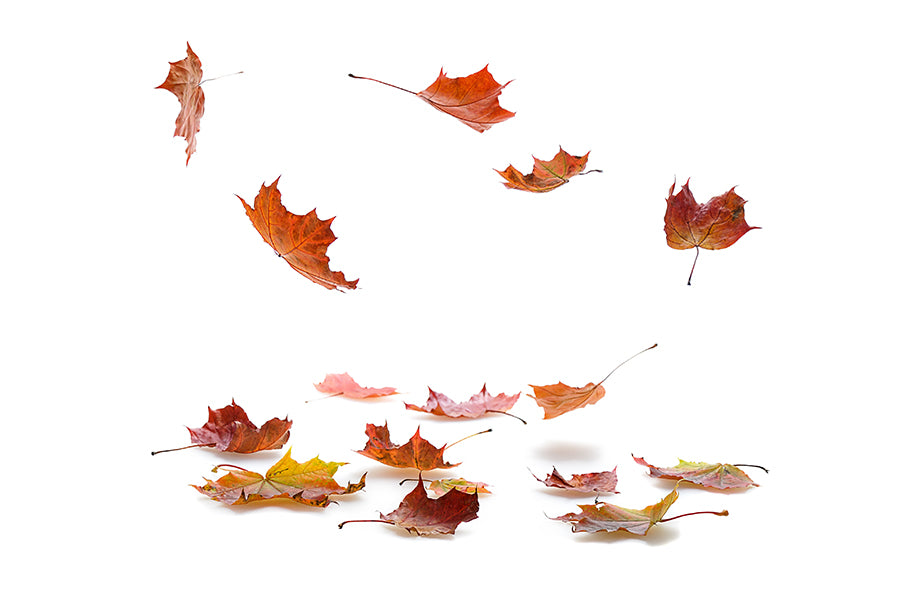I talked about composting basics in the Spring, but now that those leaves are falling and we’re all dreading raking them up - I thought it was high time to revisit the topic.
And boy, do I have some great news for you! Environmental experts are actually encouraging homeowners to put the rake down and take a different approach to lawn care as we head into winter.
The bottom line: you don’t have to rake up all those leaves!
Instead, experts suggest mowing over fallen leaves with a mulching blade about once a week.
Here’s why:
According to EPA data, yard trimmings created about 34.7 million tons of waste in 2015, or 13% of all waste generation. While 21.3 million tons of yard waste was composted or mulched in state programs, the EPA says 10.8 million tons went to landfills, making up nearly 10% of all waste in landfills. Wow!
Secondly, fallen leaves are part of nature’s ecosystem. They may seem like a nuisance, but in fact, they’re supporting the circle of life!
"Leaves cover up root systems, preserve soil moisture, suppress weeds and other plants. They also slowly break down and ... return (essential) nutrients to plants," David Mizejewski, a naturalist at the National Wildlife Federation told USA Today. "It's a perfect system. Nothing is wasted in nature."
Butterflies and songbirds also depend on leaf litter. Raking up leaves removes habitat for caterpillars and risks driving away birds that might have come to your yard looking for food to feed their offspring in the spring.
One caveat to this news, however! Leaves and lawns come in all shapes and sizes, so there shouldn’t be a one-size-fits-all approach. Some heavier deposits of leaves may still need to be thinned out with a rake prior to mulching.
Once you’ve harvested excess leaves, fall is the perfect time to get started on (or improve) your compost pile. Maple and other local leaves are ideal. Try to limit the amount of oak and pine needles you add to your pile. Shred them prior to composting if possible!
For best results, combine nitrogen-rich materials, such as kitchen scraps, fresh green leaves and weeds, with a larger amount of dry, brown, carbon-rich materials, such as fallen leaves. If you have too many dried leaves, stockpile them and add them to the compost throughout the year.
Toss those pumpkins in there after Halloween, too!
Since a good compost takes about six months to realize its potential, getting started now will give the organic materials plenty of time to create rich, fertile compost. Did you know compost increases water holding capacity, buffers both acid and alkaline soils, retains nutrients and may suppress certain soil-borne diseases?
It might save you a few bucks, too! Composting is less expensive than bagging yard waste and come springtime, with a good compost, you’ll save money on fertilizer and water bills.
All season long, whether you’re headed to the grocery store, farmer’s market or garden center, grab your Toolaloo to keep reusable bags handy. It’s a small way to make a big impact on the environment every time you shop by reducing plastic bag waste!
Available on Amazon.com and Toolaloo.com.

